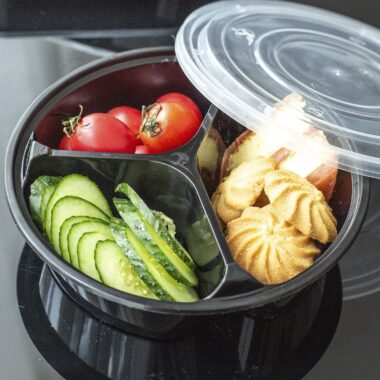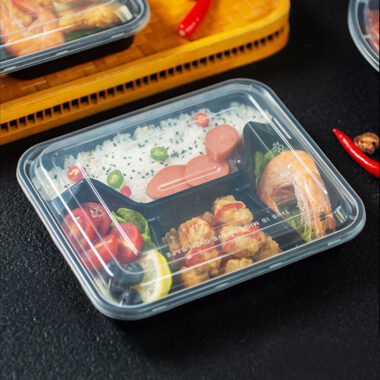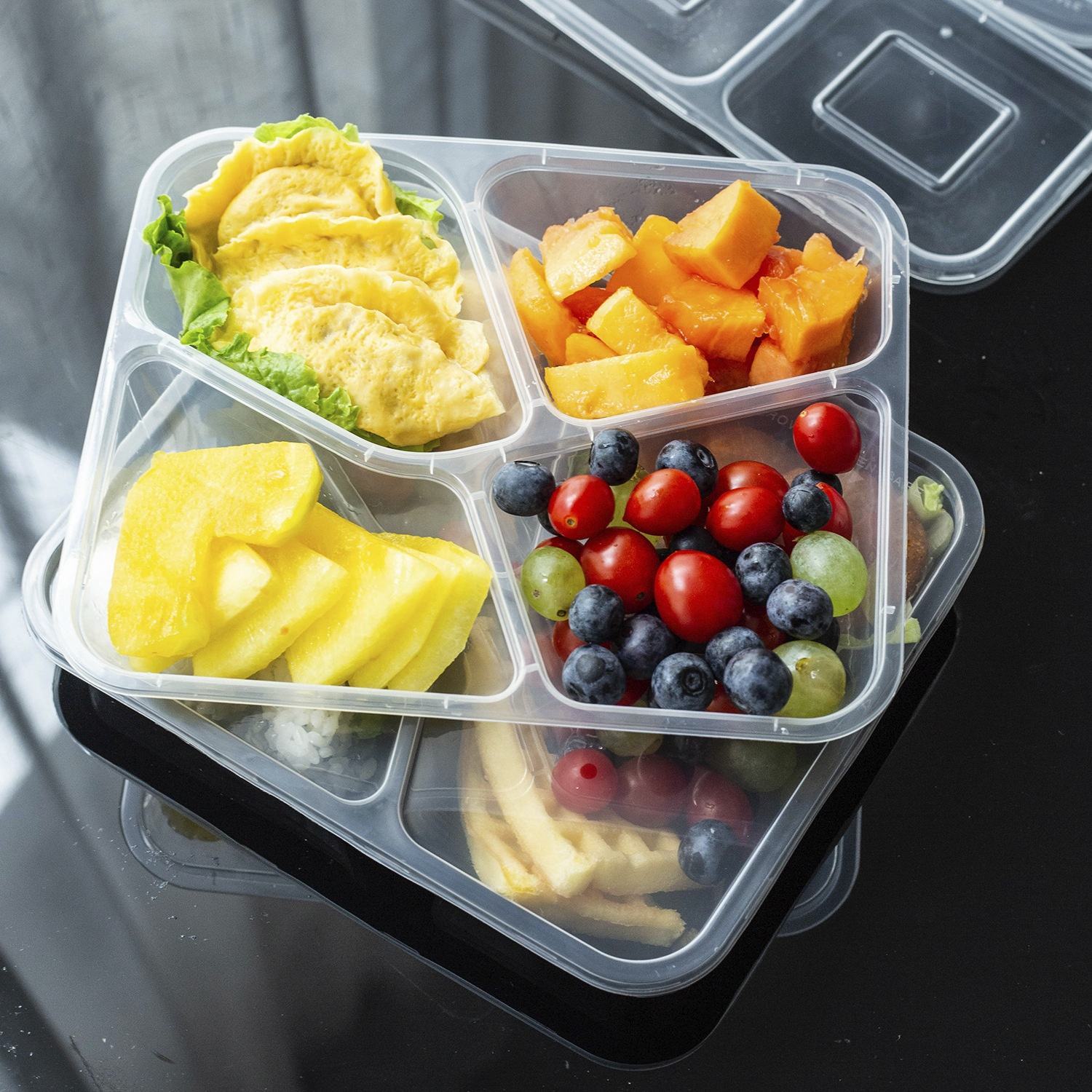🌡️ Introduction: The Science of Heat-Resistant Packaging
In modern food delivery and meal prep industries, microwavable food containers have become essential. They allow customers to reheat meals quickly without transferring food to another dish. However, true heat resistance is more than just surviving the microwave—it’s about maintaining safety, structure, and taste integrity.
A certified Food Container Manufacturer ensures each container meets strict safety standards for high-temperature use, making it reliable for commercial kitchens, catering services, and retail meal packaging.
🔬 1. Understanding Heat Resistance in Food Packaging
Heat resistance refers to a material’s ability to withstand high temperatures without deforming, melting, or releasing harmful chemicals.
Among available materials, PP (Polypropylene) and CPET (Crystallized Polyethylene Terephthalate) are the most common choices for microwavable containers.
PP containers typically resist up to 110–120°C, ideal for short microwave heating, while CPET trays can handle oven-level heat up to 220°C.
This performance ensures:
-
Food remains uncontaminated
-
Container shape stays intact
-
Steam vents safely release pressure
🔒 2. Material Selection and Safety Standards
Professional manufacturers focus on food-grade, BPA-free resins with high purity to prevent leaching. PP is favored for its lightweight, durable, and recyclable nature.
During production, materials undergo:
-
Heat deformation tests at 120°C
-
Leak and pressure resistance validation
-
Migration testing to ensure no chemical transfer
Certified factories also maintain ISO9001 and FDA standards, ensuring every batch meets export and regulatory requirements.
⚙️ 3. Lid Design and Vent Technology
The lid design is critical in maintaining container integrity during heating. Modern PP lids often feature:
-
Vent holes to release steam and prevent lid explosion
-
Snap-lock edges for leak-proof performance
-
Silicone seals for repeated use in reusable models
A well-designed lid allows microwaving without removing it, retaining moisture and flavor.
🧪 4. Testing and Quality Control
Before reaching the market, containers undergo rigorous testing:
-
Thermal shock testing: alternating between freezer (-20°C) and microwave (+120°C)
-
Warp resistance testing: ensuring no deformation after 10 heating cycles
-
Food simulation tests: verifying safety with oil, acid, and alcohol contact
These steps guarantee consistent performance even under commercial microwave conditions.
For brands sourcing bulk packaging, partnering with a trusted Microwavable Food Containers Manufacturer ensures product safety and consistency across multiple markets.
🧱 5. Design Innovations for Modern Food Delivery
To meet the growing demand for convenience and sustainability, manufacturers now offer:
-
Stackable designs for efficient storage
-
Transparent lids for clear visibility
-
Custom branding options for restaurants and catering businesses
-
Compostable hybrid solutions (PP + paper) for eco-friendly markets
With the right supplier, businesses can achieve both performance and sustainability in one solution.
✅ Conclusion
Heat-resistant packaging plays a vital role in today’s food industry. The right microwavable food containers not only guarantee safety during reheating but also reinforce brand trust through quality and design consistency.
Partnering with an experienced Food Container Manufacturer provides assurance that every product meets global food safety and temperature resistance standards—ensuring your takeaway meals reach customers fresh, safe, and ready to enjoy.




















